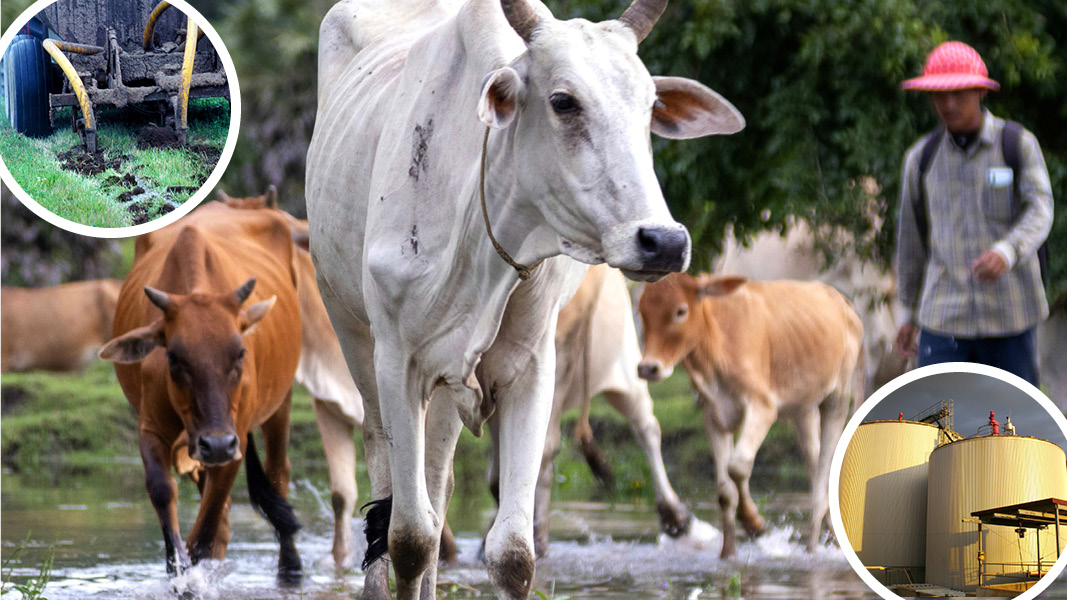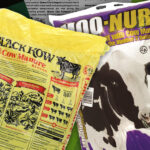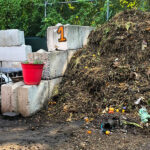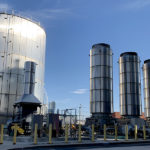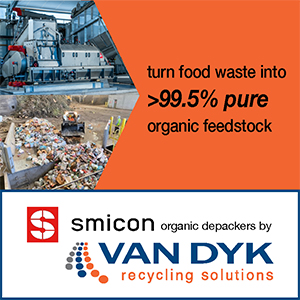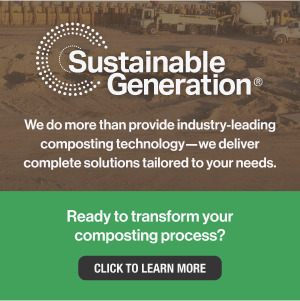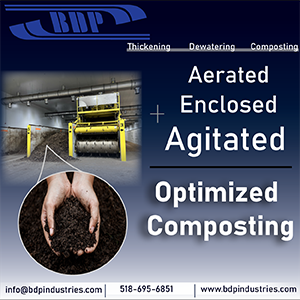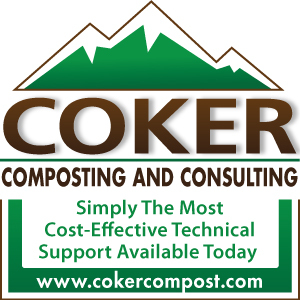Top: Images courtesy The World Resources Institute
The World Resources Institute (WRI) released a report in March that reviews the science, emissions reduction potential, and cost estimates of methane mitigation strategies in agriculture. Because roughly half of worldwide methane emissions come from agriculture, this sector is critical for reaching global methane reduction goals. Three aspects of agriculture with the most potential for methane emissions reduction are examined in Opportunities for Methane Mitigation in Agriculture: livestock enteric fermentation, livestock manure management, and rice production. Livestock production alone contributes roughly 65% of agricultural methane emissions globally. WRI’s report hopes to be “a one-stop information source on technological solutions for agricultural methane mitigation.” For manure management, separation of liquids from solids using advanced methods, aeration of “wet” manure storage systems, and acidification of manure are all promising solutions that “offer valuable co-benefits such as bedding material for animals and increased fertilizer value in addition to methane reduction,” according to the report. The report discusses anaerobic digestion (AD), with the authors noting that high costs of large-scale systems and inefficiency of household-scale digesters — as well as evidence of methane leakage at all scales — make AD a less feasible solution for near-term, widespread, impactful methane mitigation. Common needs among all methane mitigation opportunities in agriculture are better measurement and monitoring of emissions, more piloting and farm-scale testing of technologies and practices, open knowledge-sharing, and financing, funding and incentives for small and mid-scale farms to adopt solutions.


